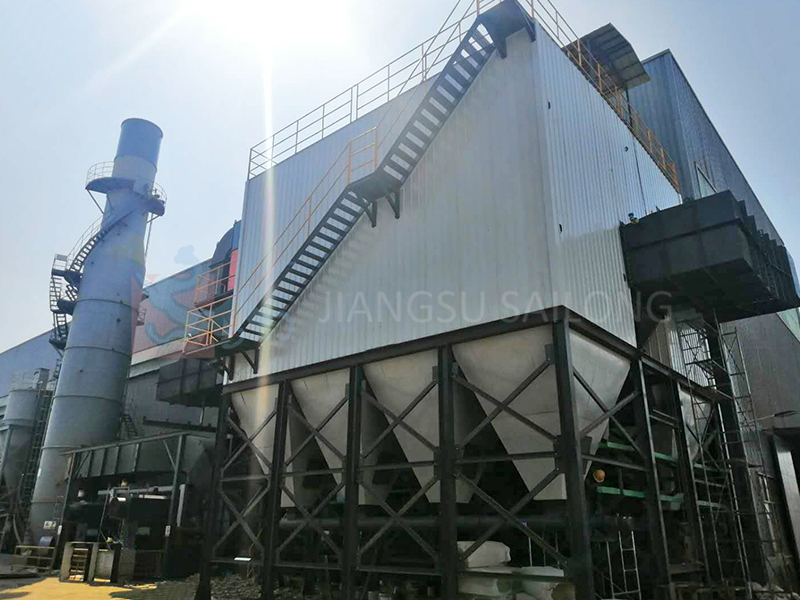Dust Collector is a commonly used air purification equipment that can be used to remove dust and particulate matter generated in industrial production processes. In order to extend the service life of dust collector, we can take the following measures:
1. Equipment selection with reliable quality: Choose dust collector equipment with reliable quality to ensure the quality and service life of the equipment itself.
2. Reasonable design and layout: Reasonably design and layout the Dust Collector System to ensure that each bag pulse bag dust collector can fully play its role, and ensure the balanced distribution of airflow, avoiding some empty or overloaded bags.
3. Optimized air flow: Reasonably adjust the inlet and outlet air flow of the dust collector to ensure that the equipment operates according to design requirements, and avoid negative effects of excessive or insufficient flow on the dust collector.
dust collector
4. Regular maintenance: Regularly maintain the dust collector, clean the accumulated dust inside the filter, and replace worn or damaged components in a timely manner to ensure the normal operation of the equipment.
5. Reasonable cleaning cycle: Adjust the cleaning cycle according to the working situation to avoid frequent or sparse cleaning operations, in order to ensure the normal operation and cleaning effect of the dust collector.

6. Regular inspection of filter bags: Regularly inspect the damage of the filter bags and replace any severely worn, damaged or blocked filter bags in a timely manner to ensure the normal operation and dust removal effect of the dust collector.
7. Control dust content: Take effective control measures to reduce the generation and emission of dust, and avoid excessive load of high concentration dust on the dust collector.
8. Reasonable use of pulse blowing: Reasonably use the pulse blowing device to ensure that each filter bag can be fully cleaned and avoid clogging or damage to the filter bag.
9. Technical personnel training: Provide training to operators to familiarize them with the working principle and operating methods of dust collector, and to be able to detect and handle equipment faults in a timely manner.
10. Prevention of excessive backblowing: Avoid excessive backblowing during ash cleaning to prevent filter bag fatigue, damage, or premature aging.
11. Prevention of excessive temperature: Avoid exceeding the temperature resistance range of the bag filter material, and prevent deformation, aging, or burning of the filter bag.
12. Avoid charged dust: Avoid charged dust passing throughdust collector to reduce static electricity damage to filter bags and equipment.
13. Prevent lubricating oil from entering the filter bag: Prevent substances such as lubricating oil from entering the dust collector, and prevent the filter bag from being contaminated and losing its dust filtering effect.
14. Prevention of corrosion: Take anti-corrosion measures to extend the service life of bag filter equipment.
In summary, by selecting high-quality equipment, reasonable design and layout, regular maintenance, and controlling dust content, we can extend the service life of dust collector, improve equipment efficiency and cleanliness.
This website uses cookies to ensure you get the best experience on our website.
Comment
(0)